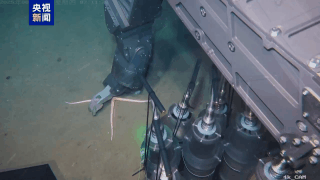On August 23, engineers from the Chinese mainland achieved a breakthrough with Haiqin, a new 6,000-meter-level remotely operated vehicle (ROV). Its maiden mission in the South China Sea tested its limits, pushing the frontier of deep-sea exploration.
Across multiple dives, Haiqin descended to 4,140 meters, braving intense pressure and near-total darkness. Equipped with advanced sensors, robotic arms, and high-definition cameras, it conducted scientific experiments to assess stability, reliability, and data-gathering capabilities.
Project scientists say these trials validated Haiqin's full system performance. "We pushed technical parameters to ensure the ROV can endure extreme conditions," explained one team member. Real-time feedback and remote controls held steady throughout, highlighting its design strengths.
With over 80% of the ocean still unexplored, deep-sea technologies like Haiqin are key to unlocking secrets of marine biodiversity and climate patterns. Analysts predict that as countries focus on sustainable ocean research, platforms like this ROV will play a pivotal role in underwater mapping, resource assessment, and environmental monitoring.
Looking ahead, the team plans to push Haiqin closer to its 6,000-meter design limit later this year, potentially opening new windows into the planet's final frontier.
Reference(s):
China's new 6,000-meter deep-sea explorer Haiqin completes sea trial
cgtn.com



